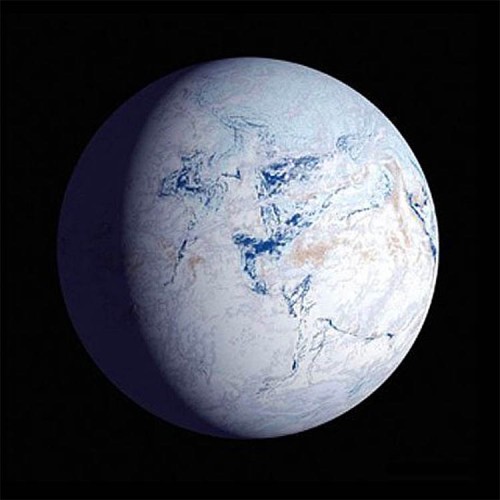Robert Stern of the University of Texas at Dallas, USA, and Taras Gerya of ETH, Zurich, have produced a masterly review of how subduction gets started from place to place, and from time to time in geological history (Stern, R.J. & Gerya, T. 2018. Subduction initiation in nature and models: A review. Tectonophysics, v. 744 (in press); (PDF). It is the foundering of oceanic lithosphere into the mantle and gravity that give modern plate tectonics the bulk of energy that drives it along by slab pull. Yet the mantle’s consumption of a lithospheric slab somehow has to be set in motion from the symmetrical spreading of ocean floor as occurs either side of a constructive margin. It could not happen were the lithosphere to retain its low bulk density relative to mantle peridotite for all time. Moreover, it wouldn’t last for long were the lithosphere not to retain its strength through hundreds of kilometres depth as it sinks into the mantle. Active subduction zones have consumed vast amounts of oceanic lithosphere, for more than 65 million years, especially in fast-spreading ocean basins such as the western and eastern Pacific. The record is held by the destructive margin on the west flank of South America where more than 150 million years-worth of eastern Pacific lithosphere has been swallowed. Yet in order for oceanic lithosphere, which is stronger than that beneath the continents, somehow to fail and begin to sink a linear weak zone must develop at the interface between two incipient new plates. On top of that, all subduction on Earth is one-sided. A simple mechanism involving just thermal convection predicts that both plates either side of a break would have similar density so both should sink, more or less symmetrically.
Geophysical observations reveal that terrestrial subduction can be divided into that which is induced by plate motions and changes in force balance within spreading plates, or spontaneously due to unique conditions developing along the line of initiation. In the first class are cases where a microcontinent is driven into another continental margin and extinguishes the subduction responsible, while spreading continues behind the accreted microcontinent drive older lithosphere beneath the suture (this may have happened in the past but is not seen today). Another, similar, induced case occurs where an oceanic island arc accretes by subduction beneath it so that subduction flips in polarity to consume the driving sea-floor spreading. The loading of oceanic lithosphere by sediments piled onto it by erosion of a continental margin may spontaneously collapse to result in subduction beneath the sedimentary wedge and the continent (again, not happening today, but inferred from examples inferred by earlier geological history). Spontaneous failure may also occur where old, cold lithosphere is juxtaposed with younger by transform faulting, or where a mantle plume heats up lithosphere to create a thermally weakened zone.
Stern and Gerya do not leave the issue at simple mechanics but discuss how plates may develop weak zones or inherit them from earlier tectonic events. The role of water released by metamorphism of descending materials may encourage the observed one-sidedness of subduction by reducing frictional resistance and plate strength and make the process self-sustaining. The paper also discusses the various permutations and combinations that affect the style of induced destructive margins in compressional and extensional environments and a whole variety of nuanced cases of spontaneous initiation. Numerical modelling of the subduction process plays an important, though somewhat bewildering role in discussion, as do considerations of the forces likely to be at play. Applying theoretical considerations to actual examples from the geological record are sublimely enlivening, as are speculations about the future evolution of the passive margins of the Atlantic. Clearly, there is a healthy future for field and mathematical study on the processes at destructive plate margins, such as building in the aspects of magmagenesis. Since Stern has built his career on study of long dead collusions zones, products of arc accretion etcetera, development of their understanding is undoubtedly the main thrust of his and Gerya’s tour de force. Stern provides a full PDF at his University of Texas website for the benefit of anyone who wants to delve deeper than space at Earth-pages and my limited intellect permit!
A fully revised edition of Steve Drury’s book Stepping Stones: The Making of Our Home World can now be downloaded as a free eBook























































































